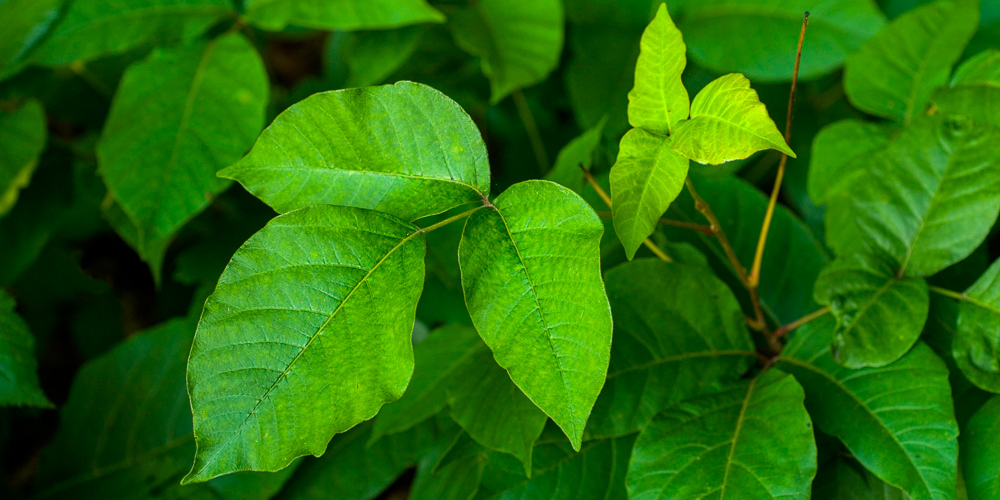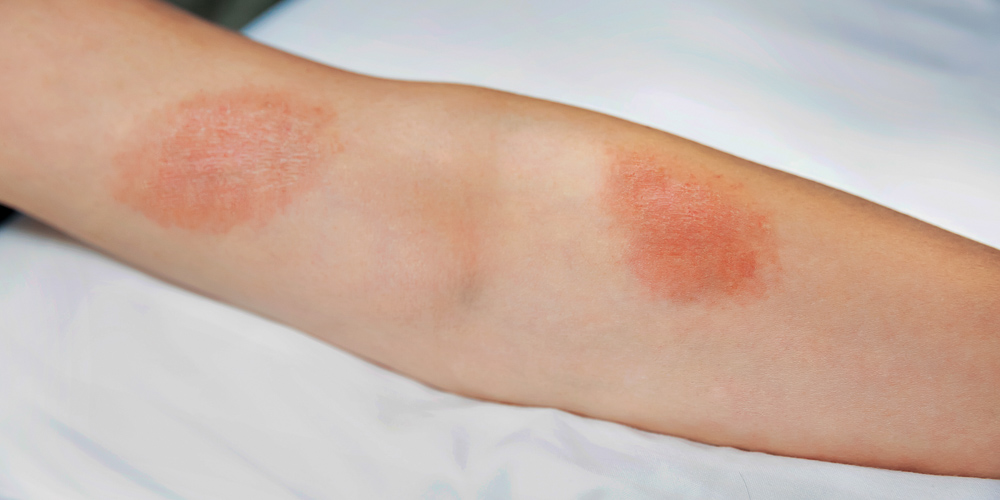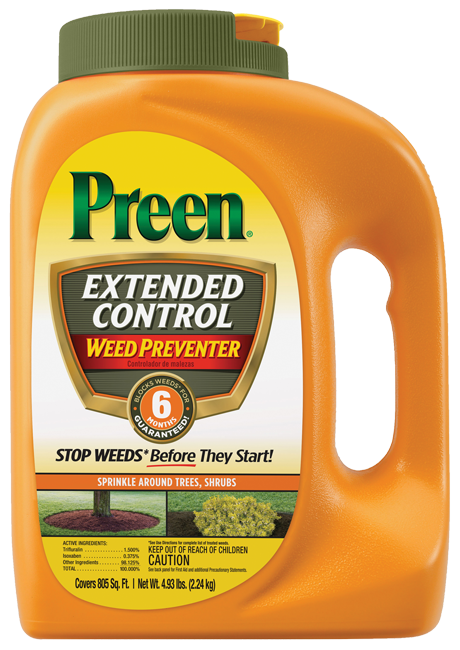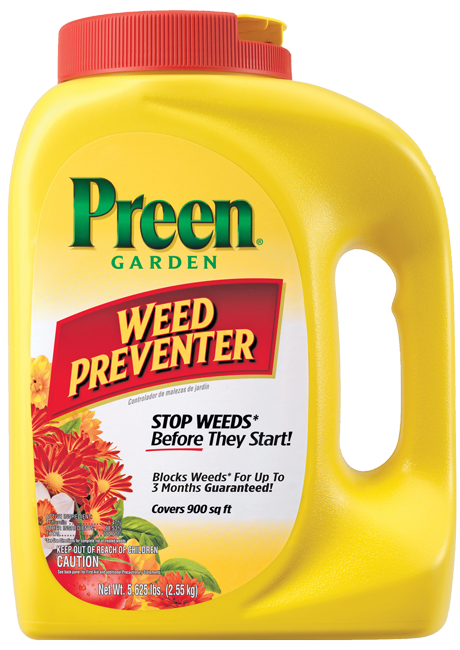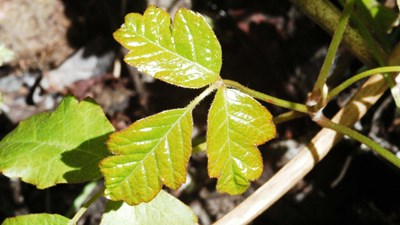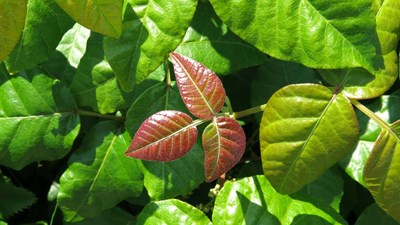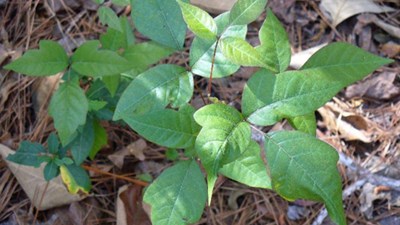3. Thorny/jaggy
Another weedy defense is foliage, stems, and seed heads with jaggy structures that range from tiny piercing hairs to stiff, skin-piercing thorns.
Almost anyone who’s walked the woods has encountered “jagger bushes,” which are usually various forms of wild brambles (raspberries, blackberries, wineberries, etc.) that have thorns all along their arching stems.
These days, the multiflora rose – a once-sold pink-blooming hedge rose gone invasive – is almost as common from untended parts of yards to woodland edges.
Smaller but nearly as pain-inducing are:
- nettles (perennials with skin-piercing hairs)
- the mile-a-minute weed (a fast-growing vine with triangular leaves and “prickers” along its stems)
- cocklebur (a summer annual with egg-shaped, spiny seed heads)
- teasel (an upright with cone-shaped prickly seed heads at the top of the stems)
- prickly sida (an upright perennial with heart-shaped leaves and a spine at the base of each leaf).
In the lawn, burweed is a common creeper best known for producing little round “stickers” that latch onto socks, shoes, and pant legs when walking through a patch.
4. Sneeze-inducing
The fourth category of trouble comes from weeds that produce pollen that causes sneezing, runny noses, and red, itchy eyes in allergenic people.
Ragweed is arguably the worst culprit. This pale-yellow bloomer causes most of its trouble in late summer around the same flowering time as goldenrod, a showier native perennial that gets undeserved blame for the sneezing.
Plantain, mugwort, lamb’s quarter, and pigweed are four other of the most common sneeze-inducing yard weeds, while bermudagrass and orchard grass are two of America’s most allergenic grassy weeds.
What to do?
The most important defense against harmful weeds is to never eat a wild plant without knowing exactly what it is. Some poisonous plants look a lot like their non-toxic relatives.
Even with rash-causers and sneeze-inducers, it helps to know the enemy so you don’t inadvertently try to pull a problem weed bare-handed or overlook what could be the main but less-obvious source of your hay fever.
Images and descriptions of over 110+ weeds can be found in Preen’s gallery of weeds as well as in numerous books. Phone apps are also available to help with weed and plant ID.
